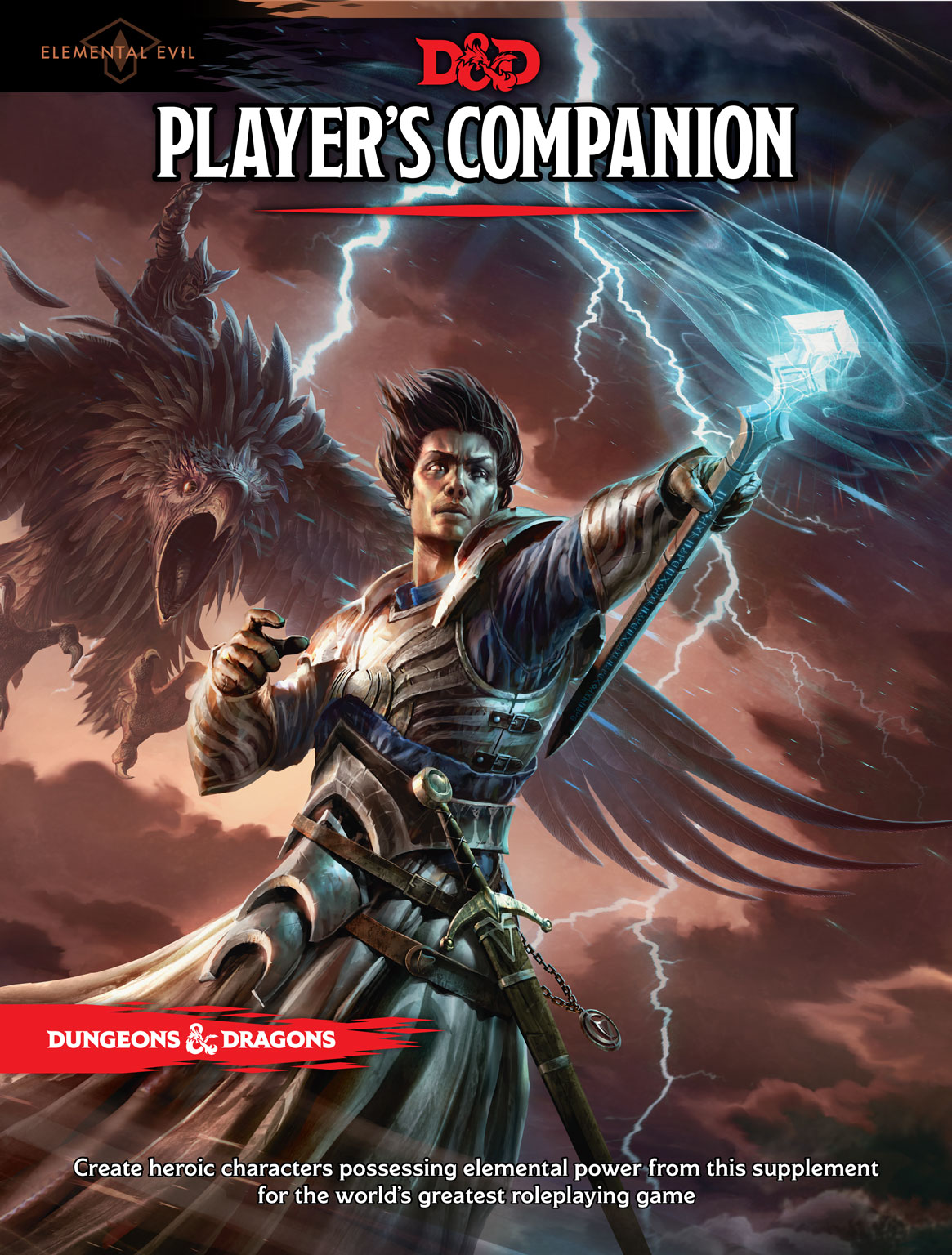
We took a look at all of the D&D 5e Race’s Ability Modifiers and have come up with some interesting data that will help you when you are trying to pick a race that will mesh with your intended build. Due to the unlimited variability offered by the Customizing Your Origin option, it would be impossible to take all combinations of ASI increases into account. We have chosen to keep our race and class guides “as is” to represent the typical ASIs, proficiencies, and languages of races as they are displayed in their official sources.

This optional rule allows you to take the Ability Score Increases (ASI) that you got from your race and apply that to another Ability Score to better represent your unique character. Tasha’s Cauldron of Everything (TCoE) introduced a new option called “Customizing Your Origin”. Keep in mind that your DM has the final say when it comes to which playable races are included in their campaign. If you want to learn more about a race or its subrace, click on the link in the “Race” column to visit our Race Guide page. In Volo’s Guide to Monsters, it is mentioned that the supplemental races provided in the sourcebook are rarer than any of the “standard” classes presented in the Player’s Handbook.īelow is a list of all of the playable races and their subraces in D&D 5e. There are more uncommon races such as dragonborn, gnomes, half-elves, half-orcs, and tieflings.

What DnD 5e Races Can I play?Īccording to the Player’s Handbook, the most common character races are dwarves, elves, halflings, and humans. Many of these creatures started off as a stat block in one of the many monster sourcebooks that have been released by Wizards of the Coast, in order to widen the player’s and DM’s ability to shape their worlds, they have been made into playable races. These creatures vary wildly from your plain old humans to axe swinging Orcs to experimental creatures that have been fused together by magic.

There are many different types of creatures that call the wondrous, fantastical lands of D&D home.



 0 kommentar(er)
0 kommentar(er)
